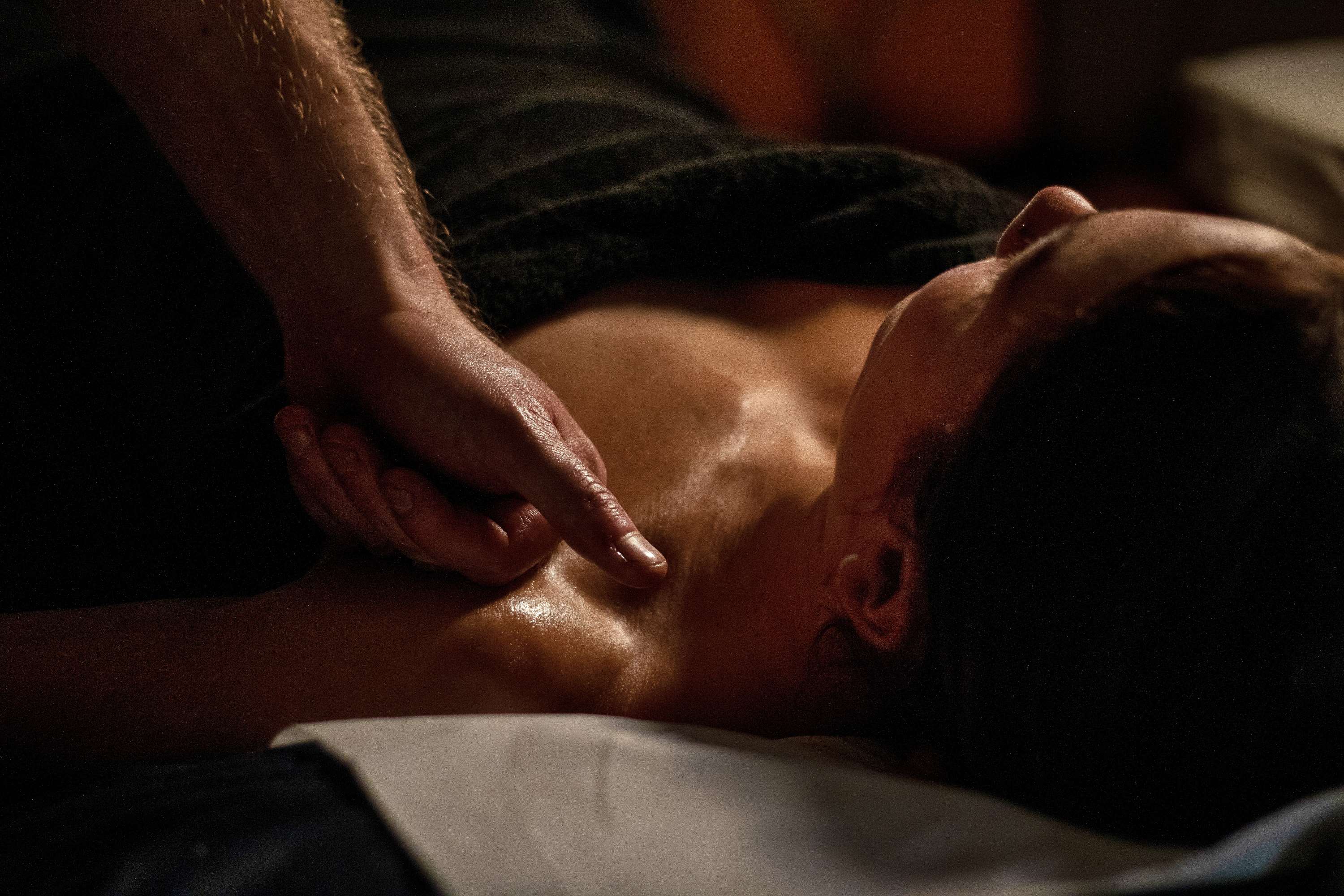Medial Tibial Stress Syndrome: Often referred to as Shin Splints
- Pentons Performance Therapy

- Sep 10, 2019
- 3 min read
Medial Tibial Stress Syndrome presents as pain down the medial part of the lower leg. People often refer to this pain as Shin Splints, although true shin splints are when stress fractures occur on the Tibia and are rare. Anterior Tibial Stress syndrome can also occur whereby muscles of the front of leg can become inflamed, however medial stress is the more common injury site. Posterior muscles of the lower limb include the Tibialis Posterior, Flexor Digitorum Longus and Flexor Hallucis Longus. These three muscles are key for stabilisation of the ankle joint as there function is to invert the foot and assist in plantar flexion and support of the medial arch. The flexor muscles have the added function of flexing the second to fifth toes (digitorum longus) and big toe (hallucis longus).

Medial Tibial Stress Syndrome has a number of different causes all related to tension or dysfunction of the posterior muscles. Periostitis (inflammation of the membrane enveloping a bone) of the Tibia, and inflammation of the surrounding soft tissue both cause pain on the Tibial border. A classic overuse injury, MTSS is often caused by a sudden increase in training mileage, especially runners due to the high and repetitive forces being put through the lower leg. Studies have also found that Women are more at risk from MTSS compared to men.
Warning Signs and Symptoms of Medial Tibial Stress Syndrome
· An ache in the front/medial part of the lower leg
· Pain that worsen through exercise
· Swelling in the lower leg
· Weakness in the foot and toes
· Pain either side of the shin bone
What Causes Medial Tibial Stress Syndrome?
· Sudden increase in training mileage
· Running on uneven surfaces
· Weakness in glutes causing poor running gait
· Running downhill
· Wearing worn out or very soft running shoes
· Running on fatigued/tired legs
How do we treat Medial Tibial Stress Syndrome at Pentons Performance Therapy?
As with all our treatments we start with a full assessment to fully diagnose the issue as well as to understand why the injury may have occurred in the first place. Diagnosis involves palpation of the entire lower leg, muscle testing, range of motion testing and an examination of posture and running gait. We also look at the entire leg including hips and glutes to fully establish the problem areas.
Once a full diagnosis has been established along with any potential causes, we can treat Medial Tibial Stress Syndrome using a range of different techniques and modalities. Initially we look to take the tension away from the surrounding soft tissue, Cryotherapy alongside massage techniques is a fantastic way to achieve this. Soft tissues release techniques also worked. It is often very useful to bring your current running shoes with you to your treatment as we can get a lot of useful information from the tread pattern.
We will then run through a detailed aftercare programme to ensure the issue is managed correctly. In some cases, this does require a small period of rest or reduced training. We also work on a strength and conditioning programme to ensure the problems do not return by restoring correct muscle function and running gait.






Comments